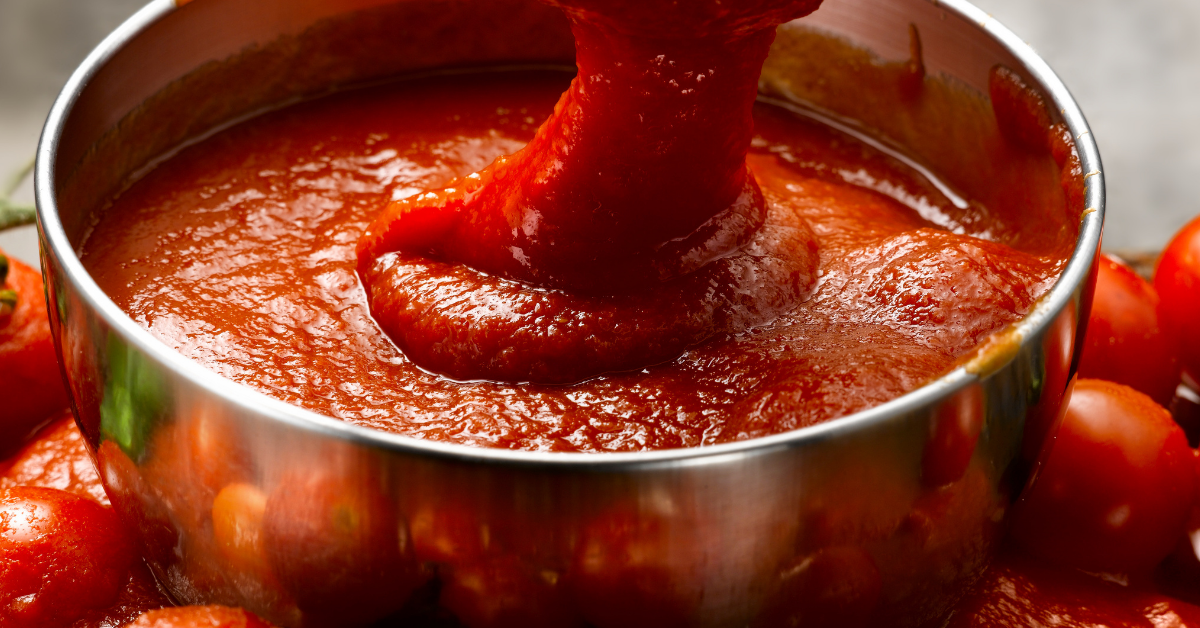

You could then embellish the sauce with sautéed garlic in one meal and minced onion, virgin olive oil or maybe some fresh herbs in another meal. One of the more interesting suggestions is making a smooth sauce for pasta or some other safe main course with roasted bell peppers. But, be aware that there is still some debate over the potassium content of some vegetables with some authorities for instance including spinach while others place it in the high potassium category.īut, even after knowing the possible alternatives to tomatoes, the real task – and where creativity comes in – is in how you use your chosen tomato compensator to spice your meal. In this second list are beet greens, kale, turnip greens and cucumbers. Some types of vegetables are also low in potassium and may be safely thrown into the mix. The leading possible tomato compensator food items are onions, bell peppers, garlic and small quantities of mushrooms. You want to replace not replicate the tomato effect. That is in fact the main thrust of dealing with the potassium tomato problem.
:max_bytes(150000):strip_icc()/creamy-tomato-pasta-481963-Step_3-5b9b0aef46e0fb002501b368.jpg)
What you have instead is a variety of safe options that are not exactly tomato-like but which can be used to spice up your meal and make the absence of tomatoes more bearable. The bad news is that there is no direct or simple substitute to tomatoes. If, however, even a small amount of potassium is a no-go area for your condition, you have to get a lot more creative.Ĭreativity of Substituting Tomatoes in a Renal Diet If your condition is more phosphorus sensitive and less about potassium, you could get by safely with small helpings of fresh tomato in your food. For instance, fresh tomatoes or tomato sauce made from fresh tomatoes has less than 50% of potassium content compared to tomato puree and less than a quarter of the content in tomato paste. Depending on your kidney condition, you may get away with some substitutes and not with others.

What to do? As always, it is best to confirm with a doctor whether a particular substitute – even if you read it here - is right for you. It’s the one food item that is so common in so many different types of dishes, particularly stews and sauces, that you would think it was harmless. For people on renal diets, finding a replacement for tomatoes is probably the most irritating – and sometimes downright infuriating - part of the diet.


 0 kommentar(er)
0 kommentar(er)
